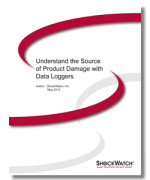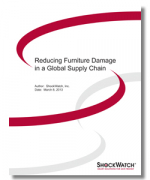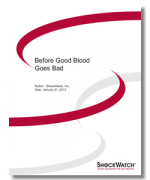Reducing Furniture Damage in a Global Supply Chain
An efficient supply chain that speeds furniture to customers is a major competitive advantage for American furniture companies.
The two trends of offshoring and online purchases have changed the risk profile for furniture distribution by increasing the distance between the manufacturer and the customer.
To put the situation in perspective, of the $34.5 billion of US wholesale furniture shipped in 2011, $21.4 billion worth was imported, according to Furniture Today. That represents 62 percent of furniture sold in the US that year. More than half (54 percent in 2007) typically comes from China, followed at great distance by Canada, Vietnam and Mexico. And, as more countries join the World Trade Organization, furniture imports grow. According to the United States Department of Commerce, furniture imports increased 107.7 percent between 1999 and 2007.
Offshored furniture manufacturing means longer transit times, more handoffs, exposure to a variety of shipping conditions and, ultimately greater risk of damage. At its most streamlined, the supply chain involves transportation from the manufacturer to a port and several weeks on the ocean. When furniture is offloaded in North America, it may sit in customs or in a terminal warehouse before being loaded onto a train or truck and taken to a distribution center and shipped to a showroom or warehouse, or directly to the customer. Increasingly, however, furniture is sent from Asian manufacturers to Asian consolidation centers where different types of furniture and orders from different customers are consolidated into containers for trans-oceanic shipping.
What’s Related



Favorites





